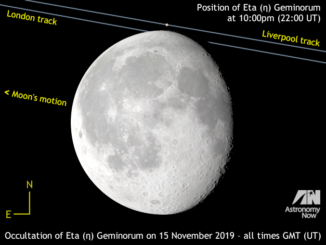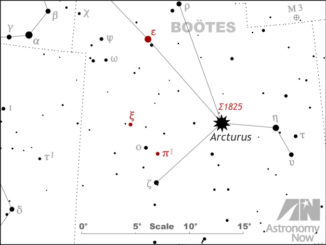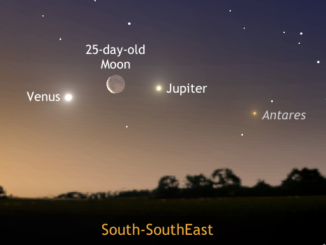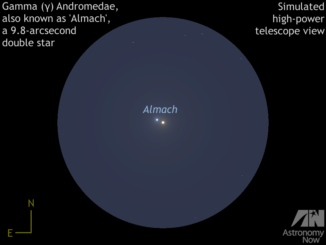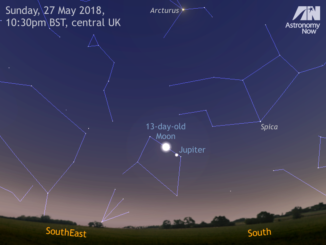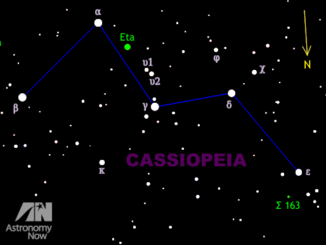
Hunting for colourful double and triple stars in the constellation of Cassiopeia
The instantly recognisable five-star M-shaped pattern of stars representing the constellation Cassiopeia (pronounced kas-ee-uh-pee-uh) lies almost overhead in the early evening as seen from the British Isles over the festive period. Cassiopeia is rich in wonderful double and multiple stars, so here’s our guide to some of the best for typical backyard telescopes.

